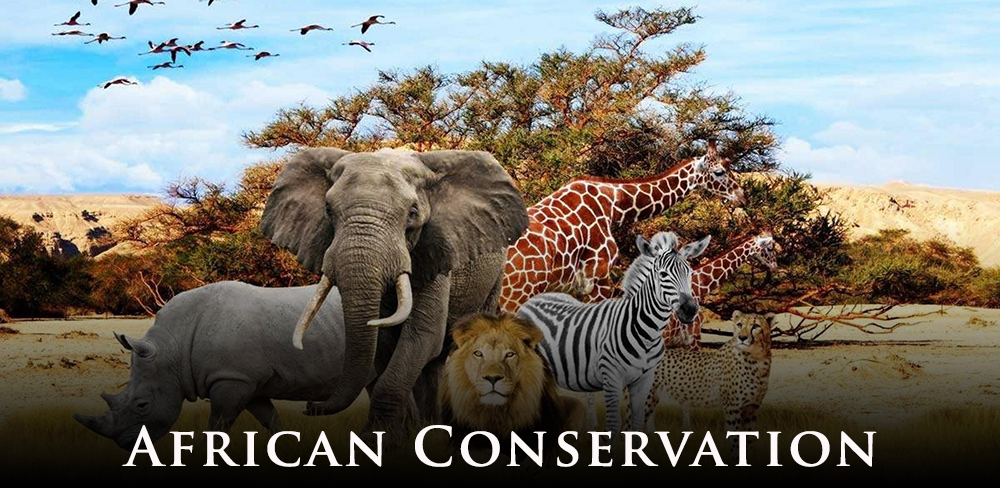
ABOUT SAFARI HABITAT
Safari Habitat is an African conservation initiative created by KIF Africa and administered by KIF's affiliated national chapters in Africa.
MISSION
The mission of Safari Habitat is to provide conservation assistance that helps preserve and protect the wildlife and natural environment in the African countries.
CHALLENGES
Conservation efforts in Africa today face huge challenges. Africa’s human population is forecast to quadruple by the end of the century, and already intensifying pressures around the use of land, water, and natural resources are having an impact on the region’s extraordinary wildlife. In order to respond effectively to current challenges, conservationists – including funders and patrons based in northern countries – need to urgently promote and invest in approaches that are delivering conservation impact. An expanding array of local conservancies and other community-based models are delivering results and showing the potential to integrate conservation with local livelihoods and national economic interests. No country embodies these tenets better than Namibia, where innovative models for conservation developed over the past 30 years have restored wildlife on a remarkable scale.
TOGO WILDLIFE & BIODIVERSITY
In Togo, the largest parks in the country are the Alédjo Wildlife Reserve, important for the conservation of biological diversity, the Fazao-Malfacassa National Park that protects areas of semi-humid hilly savannah and the Oti Keran National Park, that protects large areas of savannah and has recently been joined to the Oti Mandouri National Park, thus forming the Oti-Keran-Mandouri National Park (OKM).
Togo is one of the smallest countries in West Africa however comprises various ecosystems types, such as aquatic ecosystems, mangroves and several forest types. Three amphibian species and one plant species are endemic to the country. Recently conducted research has revealed that Togo presently hosts 3,501 spontaneous species of terrestrial flora (compared to 3,428 confirmed in 2009); 240 new aquatic species are described increasing their number to 501; 4,019 animal species (compared to 3,700 in 2009); and 170 species of mushrooms.
PARTNERS
Through Safari Habitat, we aim to provide inclusive and unified approaches to achieve our mission and visions in partnerships with like-minded organizations based within and outside of Africa.
